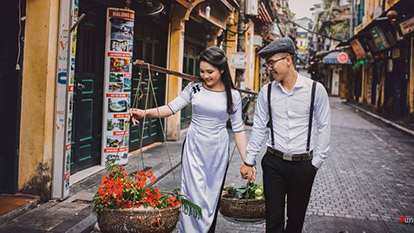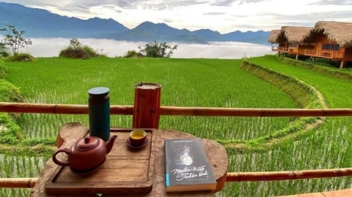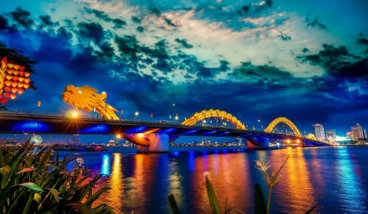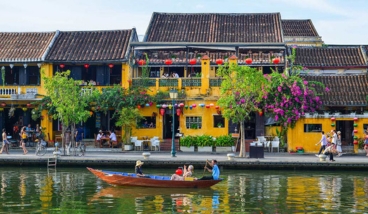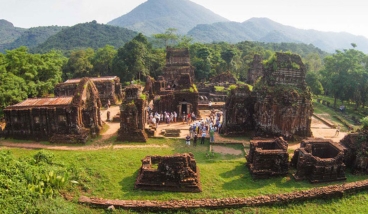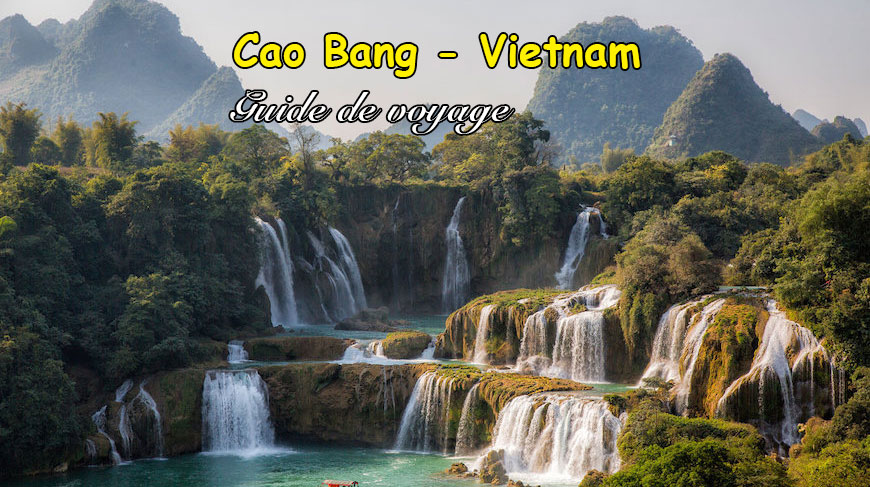Thien Hau Temple in Hochiminh city
Thiên Hậu is a deity of traditional Chinese religion, who is revered in the southern maritime provinces of China and in overseas Chinese communities. Thiên Hậu is worshipped in the seafaring Chinese communities of Fukien, Canton, Taiwan, and Southeast Asia. She is not specifically a deity of Taoism or of Buddhism, though she has been brought into connection with figures and themes from Taoism and Buddhism. For example, at Quan Am Pagoda, also in Cho Lon, Ho Chi Minh City, the two major altars are dedicated respectively to Thiên Hậu and to Quan Âm (the bodhisattva Avalokiteshvara).

The temple is located right on busy Nguyen Trai Street. It can be accessed by entering through an iron gate and crossing a small courtyard. The roof is decorated with small delicately fashioned porcelain figurines expressing themes from Chinese religion and legends. Lanterns and wooden models of Chinese theaters hang over the entrance.
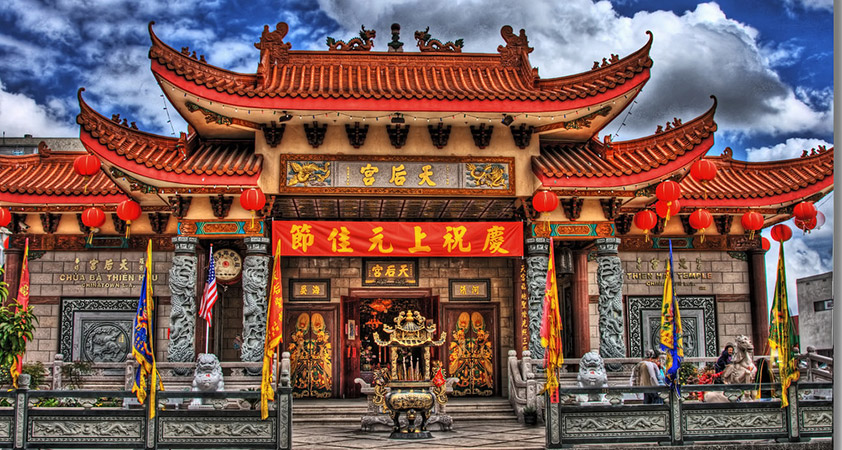
A scene from the roof of the temple shows actors depicting a duel between Guan Yu and another fighter. The interior of the temple is actually a partially covered courtyard, at the end of which is the altar to Thiên Hậu. The exposed portions of the courtyard contain incense burners, and open the view to the remarkable porcelain dioramas that decorate the roof. The dioramas show scenes from a 19th century Chinese city, and include such colorful figures as actors, demons, animals, and Persian and European sailors and traders. In one scene, actors depict a duel on horseback battle between the revered halberd-wielding general Guan Yu of the novel Three Kingdoms and another fighter. Another scene depicts the three Taoist sages representing longevity, fecundity and prosperity.

The altar to Thiên Hậu is dominated by the three statues of the goddess. The faces are bronze in color, and the clothes and crowns are multi-colored. Incense burners are all about.
Sincerely yours & see you soon!
GALATOURIST since 2005.
Testimonials

Ms. Francesca Tronconi & Mr Vizzolini Davide (2pax) from Spain

Mrs & Mr. DUPUIS (2pax) from United States

Mr. Jeffrey Szymanski (2pax) from United States

Mrs Rosemary McGuinness (2pax) from Australia

Mrs Elena Maria Sanchez (2pax) from Spain

Group Marissa (4pax) from United States

Mr Jerzy (2pax) from Canada






